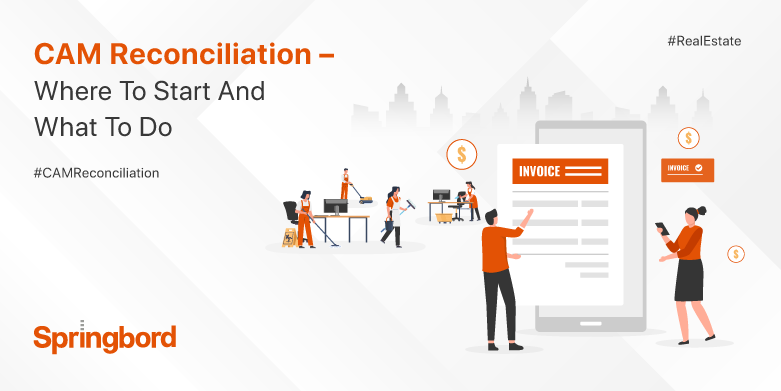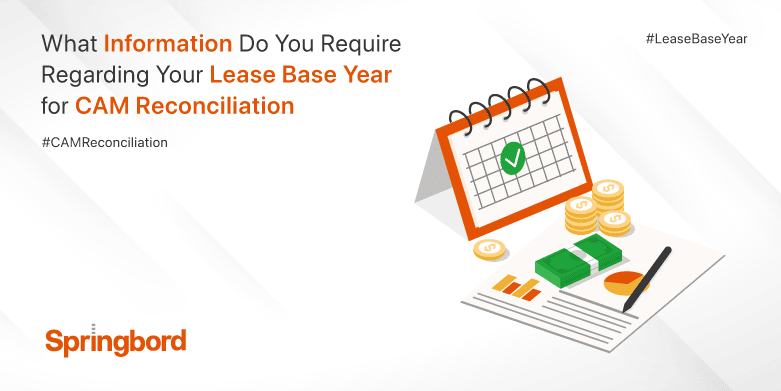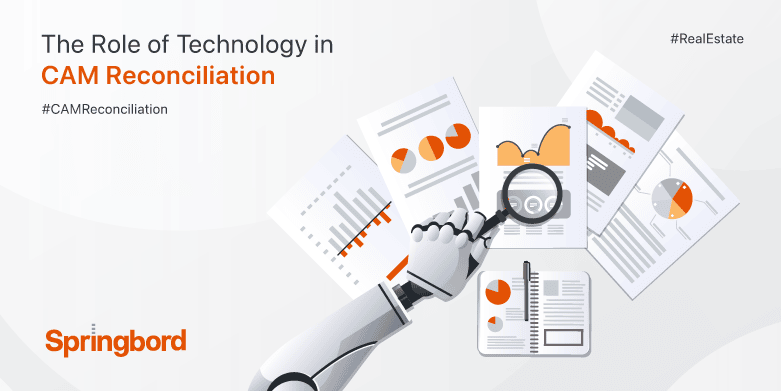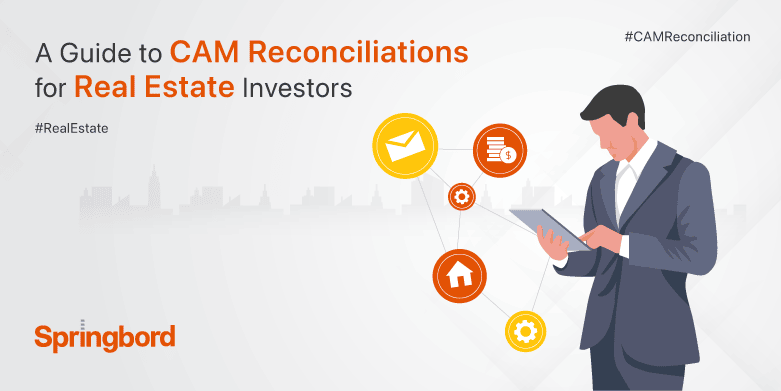M
E
N
U
As a property owner or manager, you know that keeping track of all the costs associated with your property can be a daunting task. From rent payments to utility bills, it can be difficult to keep everything organized and ensure that all expenses are accounted for. That’s where a CAM Reconciliation Statement comes in. A
In commercial real estate, the true art lies not just in securing prime locations or closing profitable deals, but in the meticulous management of the unseen elements that keep these properties running smoothly. One such element, often overlooked but extremely important, is Common Area Maintenance (CAM) reconciliation. This process, while seemingly ordinary, can be the
CAM (Common Area Maintenance) reconciliation is an important process for commercial property landlords and tenants to understand. It involves comparing the actual expenses incurred for maintaining and operating a property during a specific period, known as the “current year,” to the expenses that were budgeted for that period, known as the “base year.” The difference
Technology has been rapidly advancing in recent years, and it has had a profound impact on various industries, including the property management industry. One area where technology has made a significant impact is in the CAM (Common Area Maintenance) reconciliation process. The CAM reconciliation process is a critical aspect of property management as it involves
Common Area Maintenance (CAM) charges are fees that commercial tenants pay in addition to their base rent to cover the costs of maintaining common areas of a building, such as lobbies, elevators, and restrooms. These charges are often found in multi-tenant commercial properties, such as shopping centers, office buildings, and industrial parks. As a commercial







